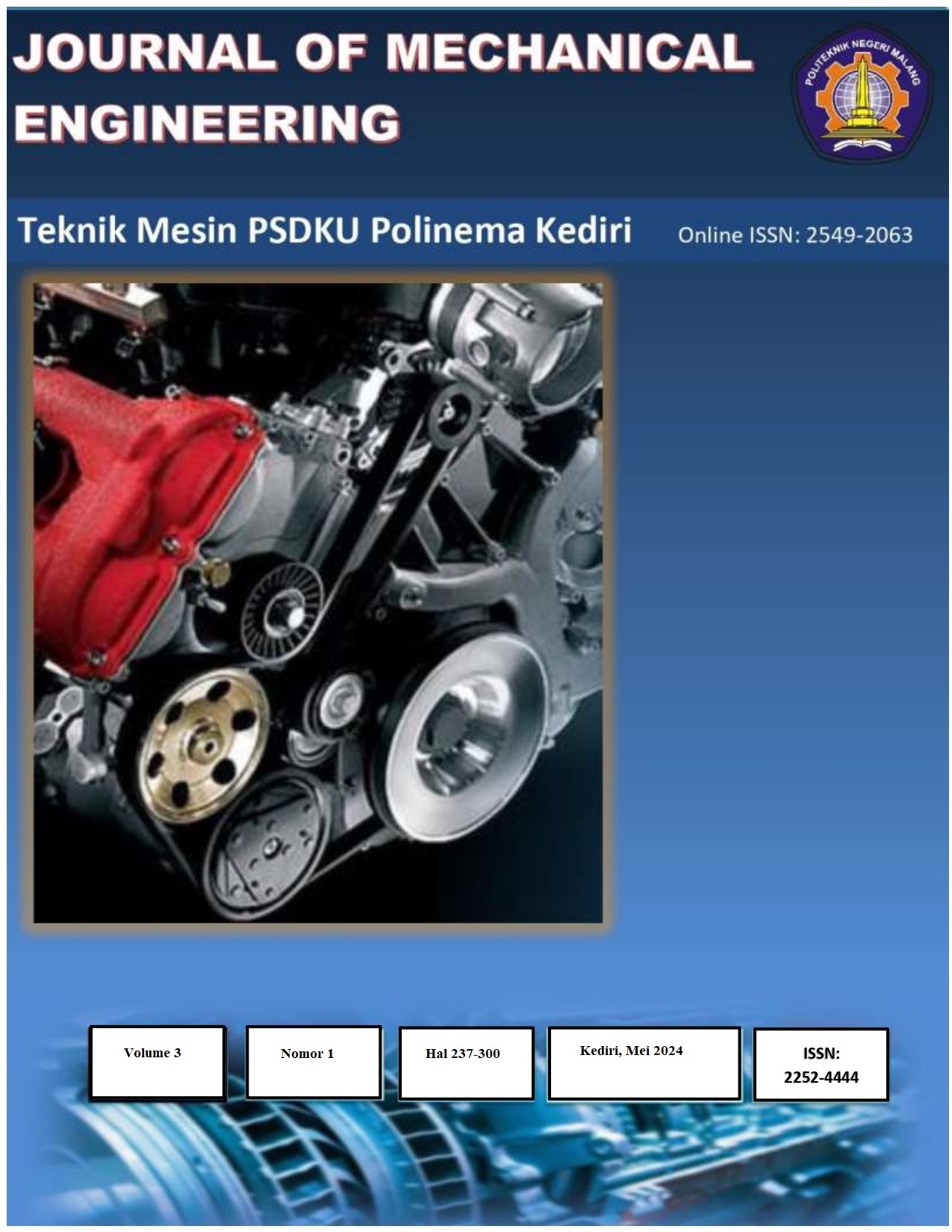PENGEMBANGAN SISTEM ALAT MONITORING ENERGI BATERAI KENDARAAN LISTRIK BERBASIS INTERNET OF THINGS (IOT)
DEVELOPMENT OF MONITORING TOOL SYSTEM FOR ELECTRIC VEHICLE BATTERY ENERGY BASED ON INTERNET OF THINGS
DOI:
https://doi.org/10.33795/j-meeg.v3i1.3825Keywords:
Monitoring, Kendaraan Listrik, Internet of Things (IoT)Abstract
The development of a battery energy monitoring system for electric vehicles was developed with the addition of Internet of Things (IoT) based features with a DC Wattmeter through a web design to remotely monitor the energy value of electric vehicles that can be accessed by everyone, this DC Wattmeter is a comparison for the accuracy of reading the Wh value on battery energy monitoring tool. In the testing process, using a laptop to remotely monitor battery energy. The purpose of this research is to determine the design of an Internet of Things (IoT)-based electric vehicle battery energy monitoring system. Another goal is to find out the difference in battery energy measurements between the monitoring tool and the DC Wattmeter. The research method uses an experimental method, namely by comparing the readings of battery energy values between monitoring devices and DC Wattmeter tools. In proving the performance of the monitoring tool when measuring battery energy, tests were carried out on electric vehicles with a distance of 1 to 3 km and the same road conditions. The data obtained was then processed and analyzed using the paired t-test analysis method. The results showed that the tests carried out, the battery energy monitoring tool can work well as indicated by the reading of the battery energy value which has an insignificant difference in value with a comparison measuring device, namely the DC Wattmeter. The results of the analysis show that the P Value (0.15) is greater than 0.05 so the hypothesis states that H0 is accepted or there is no significant difference in reading the battery energy value between the Internet of Things (IoT) based battery energy monitoring tool and the DC Wattmeter. The maximum average percentage error is 1.69%.



